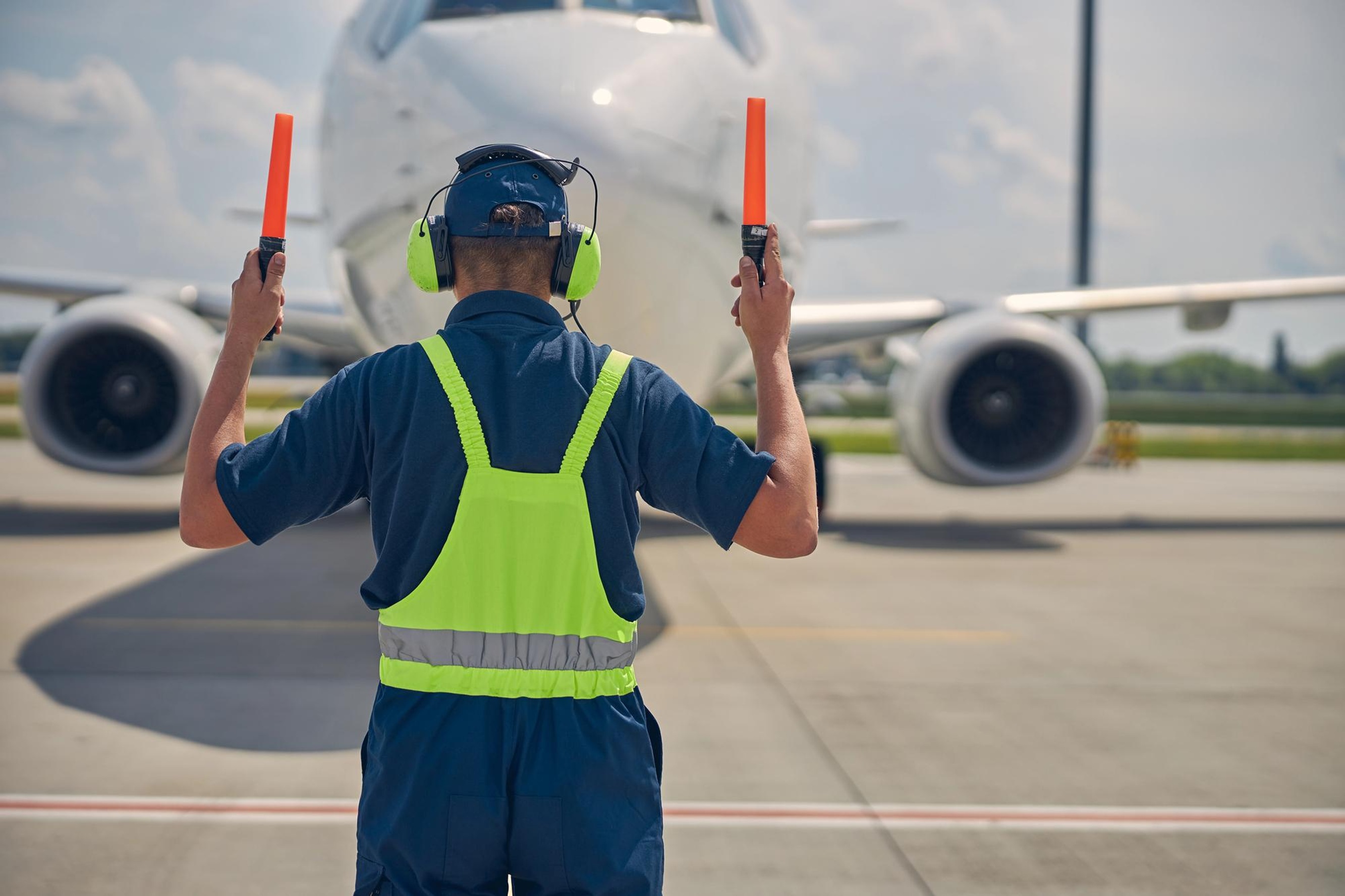For pilots, the responsibility of flight goes far beyond navigating from one point to another. Ensuring safety—from pre-flight checks to post-landing protocols—is a critical part of every successful journey. Whether you're a student pilot, seasoned aviator, or recreational flyer, developing strong safety habits and keeping up with best practices is essential for your well-being and that of your passengers.
The Foundation of Flight Safety
Aviation safety begins on the ground. Pre-flight planning is a cornerstone of responsible piloting. This includes reviewing weather conditions, assessing Notices to Airmen (NOTAMs), calculating fuel requirements, and performing weight and balance checks. Every detail plays a role in reducing risk and ensuring the aircraft is airworthy.
A meticulous pre-flight inspection of the aircraft itself is equally important. Pilots should check control surfaces, fuel levels, oil quality, tires, lights, and avionics. Even seemingly minor issues—like a loose cable or slight tire underinflation—can lead to significant complications mid-air if overlooked.
Training and Currency: Staying Sharp
Ongoing training is another vital element of pilot safety. Regulations require pilots to maintain currency in terms of flight hours and recency of experience, but exceeding the bare minimum often makes the difference between confidence and catastrophe.
Participating in flight reviews, simulator training, and safety seminars enhances decision-making skills and keeps you up to date on changes in regulations or airspace systems. Additionally, practicing emergency procedures like stall recovery, engine-out protocols, and radio failure drills can prepare pilots for the unexpected.
Situational Awareness and Decision Making
One of the most critical skills a pilot can develop is situational awareness—the ability to perceive and understand what is happening around you in real time. This includes interpreting instrument readings accurately, monitoring weather developments, tracking traffic, and staying alert to changes in the aircraft’s behavior.
Poor decision-making is often a factor in general aviation accidents. Pilots should be cautious of “get-there-itis”—the urge to press on with a flight despite deteriorating conditions or fatigue. Developing a conservative mindset, using checklists consistently, and being willing to turn back or delay a flight when conditions are unfavorable are hallmarks of a safety-conscious pilot.
Investing in the Right Equipment
Modern technology has brought incredible advancements in cockpit safety. GPS navigation systems, ADS-B (Automatic Dependent Surveillance–Broadcast), terrain awareness systems, and traffic alerts all contribute to safer skies. Pilots should not only equip their aircraft with essential tools but also become proficient in using them effectively.
Equally important is personal safety equipment. High-quality headsets, emergency locator beacons, survival kits, and backup power supplies can make a huge difference in emergency situations. For a broad selection of gear designed to enhance pilot safety, pilots often turn to reputable aviation supply companies that specialize in trusted products for both cockpit and personal use.
Health and Mental Preparedness
Pilots must also take care of their own physical and mental well-being. Dehydration, stress, fatigue, and medications can all impair judgment and reaction time. A well-rested, focused pilot is a safer pilot. The FAA’s IMSAFE checklist (Illness, Medication, Stress, Alcohol, Fatigue, Emotion) is a great tool to assess fitness for flight before taking off.
Conclusion
Pilot safety is a comprehensive effort that begins before the propeller spins and continues well beyond the wheels touching down. It involves constant vigilance, a commitment to continuous learning, and the use of reliable equipment. With the right habits, training, and mindset, pilots can enjoy not only the freedom of flight but also the peace of mind that comes from flying safely.






